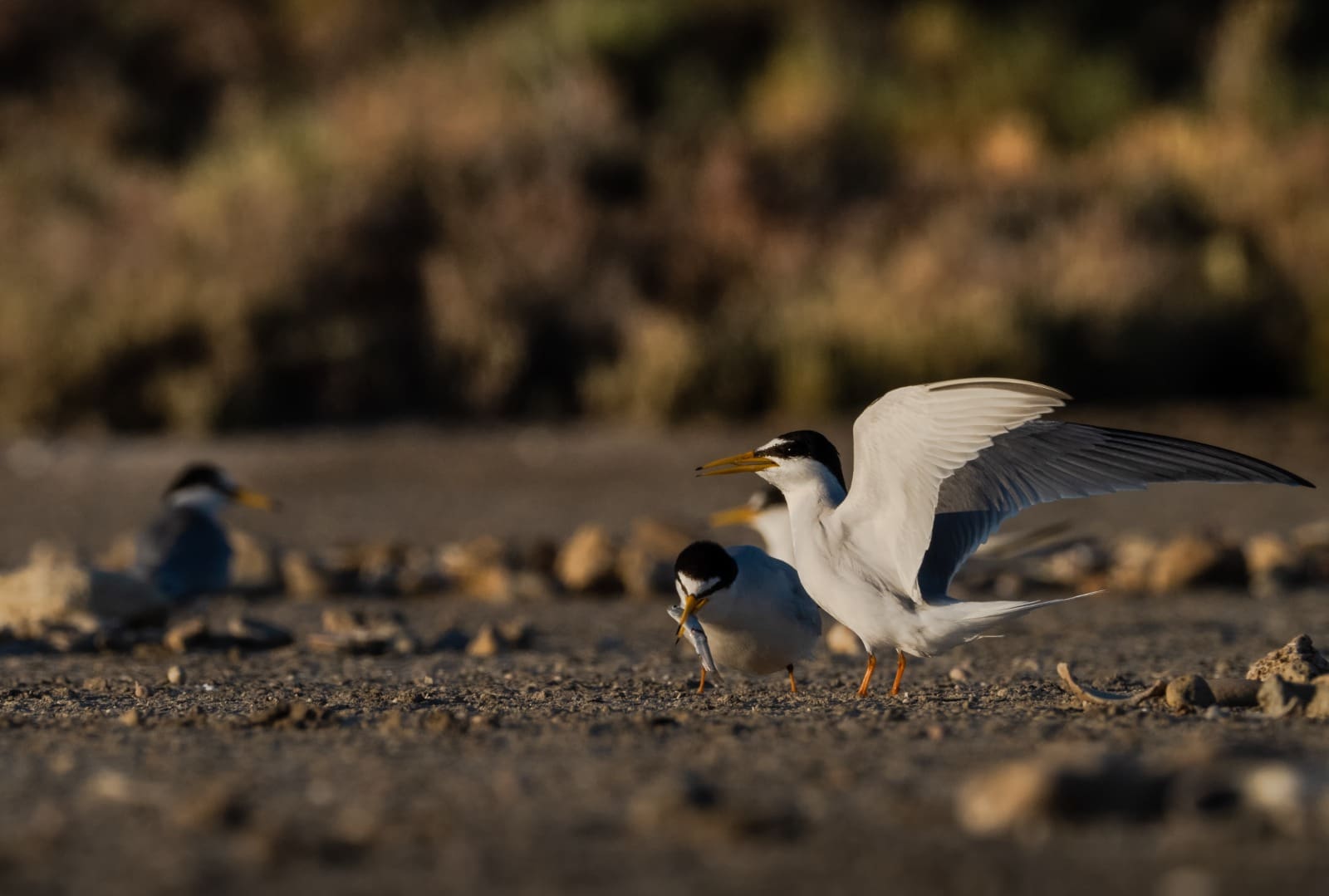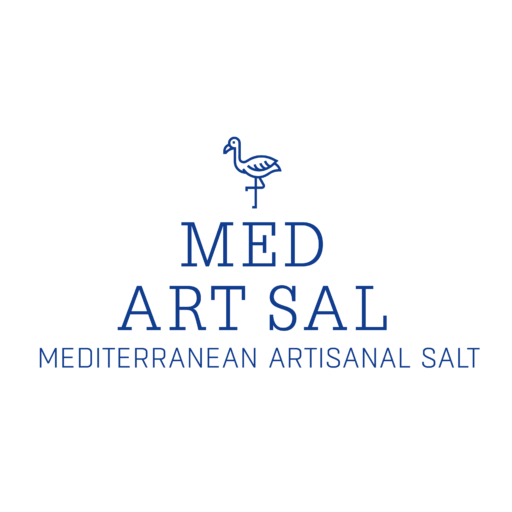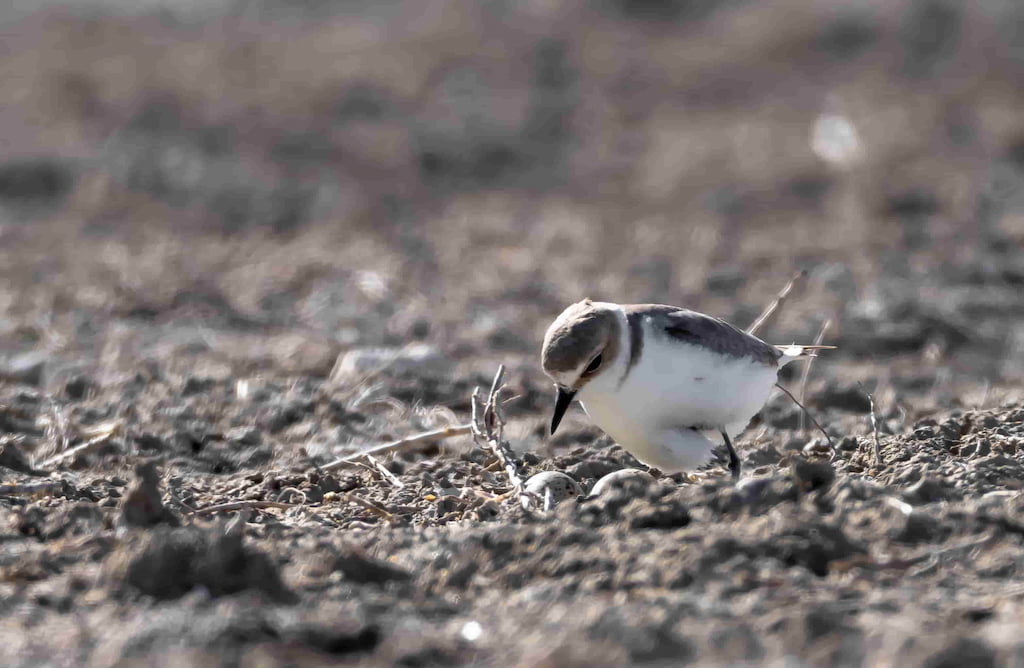Today the Mediterranean salinas also celebrate the Earth Day. A date that seeks to raise awareness about the relationship of interdependence between living beings and the natural environment. From MedArtSal we want to commemorate this day that coincides with an important event that takes place anually by mid spring: the start of the breeding season in our salt pans.
In April, birds begin to settle in their favorite places looking to reproduce. In the case of shorebirds, they naturally breed on beaches and estuaries. However, human pressure on these habitats has forced birds to choose other breeding sites, finding in the artisanal salinas of the Mediterranean basin an ideal place to reproduce. Quite a spectacle for the eyes of anyone who comes to visit a salt pan during these months.
The constant flow of water, the main reason why birds choose Mediterranean salinas for breeding
The reason these human-modified habitats are so attractive for birds is simple. Numerous scientific research have shown that salinas have favourable characteristics for their feeding, rest and reproduction. This fact turns them into sites of great importance and interest for these delicate birds. Due to the appropriate management of the floodgates in salt pans, it is possible to maintain stable water levels in ponds of different depths, which favours the diversity of prey from which the waders feed. In addition, the high salinity makes it possible for a small invertebrate like Artemia salina to grow in large numbers with very few predators. This makes it easier for birds to find abundant, affordable and predictable food.
This convenient way of finding food is one of the reasons why species such as pied avocet, little tern, black-winged stilt and kentish plover choose the artisanal salinas to form their nests. Furthermore, the substrate on which they settle prevents the eggs from becoming embedded in the ground because of moisture and promotes their camouflage, which also protects them from aerial predators. An example of the importance of these natural places for breeding is the Bay of Cádiz, very close to the Mediterranean and where more than 70% of nests are found in salinas. That is why the actions of improvement and maintenance of the structures of the salt pans are crucial to be able to receive these birds during the breeding season, which lasts until the end of summer.

Photo: Fito Mendi
A fundamental aspect to bear in mind is the need to conciliate salt extraction efforts with the survival of the nests
During the breeding months, salt workers pay special attention and care not to disturb or damage nests. This is achieved through the proper signalling of the breeding areas, as well as the temporary compatibility of both activities. In this way, artisanal salinas are a clear example of the integration of biodiversity with the local economy and culture. The breeding period marks the beginning of the season in the Mediterranean salinas, where the arrival of heat favors not only the visit of numerous species of birds, but also the harvesting of salt. A season that will last until October and where many of the salt flats open to the public will offer unique tourist experiences which are hard to find elsewhere, such as specific birdwatching to the area.
It is likely that these salinas are well-marked for visits (in case it is not necessary to follow a tourist guide). Therefore, make sure you do not enter the designated breeding areas so as not to disturb these feather families, and use the indicated safe paths. Each day is unique in a salina, so visits made in September will take wonderful images for the sight of visitors as birds are about to embark on their migratory routes.
Today is a day to remember that ecosystems support all forms of life on Earth. The health of the planet and its inhabitants directly depends on the health of the ecosystems. For this reason, it is important to take care of the salinas not only to continue producing a valuable and necessary product since ancient times such as salt, but also to prevent the extinction of animal and plant species that inhabit them and continue enjoying these unique spaces in the world through the numerous eco-friendly activities that can be carried out in them.


